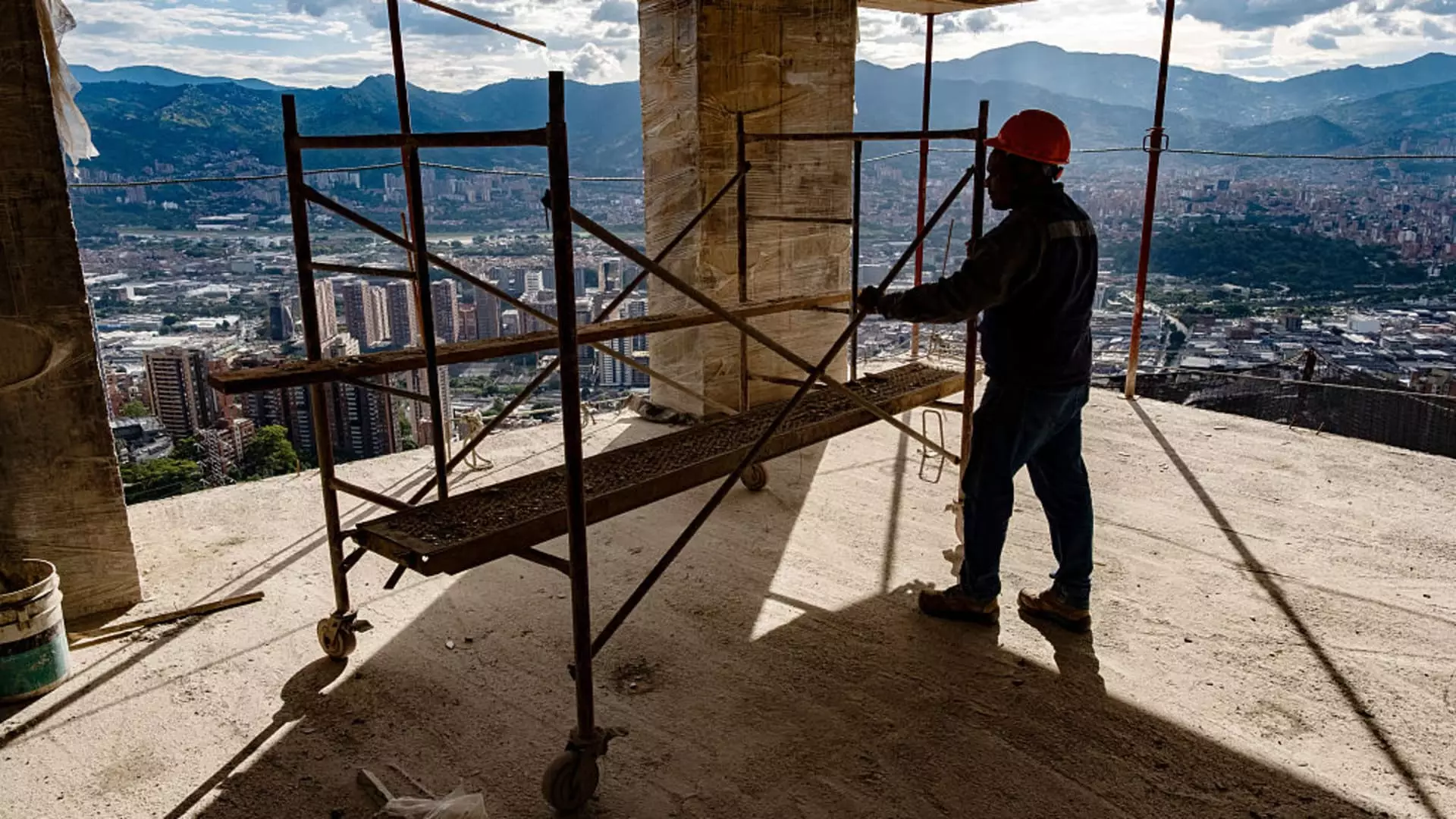Construction remains one of the last frontiers of underwhelming innovation, symptomatic of a broader reluctance within a historically slow-moving sector. Despite the industry’s enormous economic footprint—responsible for immense infrastructure and urban development—it lags alarmingly behind in adopting modern technological solutions. This technological stagnation isn’t just a cosmetic flaw; it’s a fundamental barrier to economic efficiency, safety, and environmental sustainability. The staggering $1 trillion annual loss in productivity, per recent McKinsey research, underscores an industry that willingly or inadvertently tolerates wastefulness rooted in outdated processes. In many ways, this inertia stems from entrenched practices, minimal investment in IT—less than 1% of revenues—and a resistance to change that hampers progress at every turn.
The Human Cost of Outdated Practices
Sarah Buchner’s journey from a construction worker to innovator epitomizes the painful human toll of an archaic industry. Her early experience, marred by a fatal accident on-site, highlights the critical need for advanced safety protocols and more reliable operational systems. The tragedy served as a catalyst for her transition into construction tech. Her creation, Trunk Tools, aims to address one of construction’s most perilous and inefficient facets: disorganized documentation. This problem is more than just bureaucratic clutter; it directly impacts safety, project timelines, costs, and even environmental circumstances. Complex projects like high-rise developments involve millions of pages of documents that are constantly evolving, making manual oversight impossible and increasing the likelihood of errors—errors that can lead to fatalities or costly delays.
The Promise of Artificial Intelligence and Digital Disruption
The application of AI in construction—particularly in document management, risk assessment, and workflow automation—represents a potentially transformative shift. Trunk Tools’ platform, designed to process vast amounts of unstructured data, offers a glimpse into a future where project discrepancies are minimized, safety is enhanced, and costs are controlled. By restructuring and clarifying complex blueprints, schedules, and specifications, AI reduces the probability of costly mistakes and environmental wastage. Furthermore, integrating such technology with giants like Microsoft signals a recognition that sophisticated digital tools are no longer optional but necessary for the industry’s survival and growth.
Challenges and Opportunities in Industry-Wide Adoption
However, embracing these innovations is far from straightforward. Construction companies tend to be risk-averse, with a cultural preference for traditional methods and a reluctance to invest heavily in new technology—especially given historically low IT budgets. The industry’s sluggish adaptability also stems from the fragmented nature of construction firms, many of which operate in siloed environments resistant to change. Nevertheless, the potential rewards—higher safety standards, reduced costs, faster project delivery, and lower environmental impact—are too significant to ignore. Those willing to make the leap can position themselves ahead of the curve, capturing market share and improving their reputation in a competitive landscape that is increasingly valuing sustainability and efficiency.
The Road Ahead: Innovation as a Competitive Edge
The recent $40 million funding round for Trunk Tools underscores a growing recognition of the importance of digital disruption in construction. Forward-looking companies that understand the importance of integrating AI and digital tools are likely to outperform their more conservative counterparts over the next decade. For highly capital-intensive projects, even marginal improvements in efficiency and safety can translate into billions of dollars saved and billions more earned in competitive bidding. Ultimately, the construction industry must confront its resistance to technological change if it hopes to fulfill its potential as a cornerstone of economic growth and environmental stewardship. The question isn’t whether innovation is necessary, but whether the industry has the courage and vision to embrace it before it’s too late.

